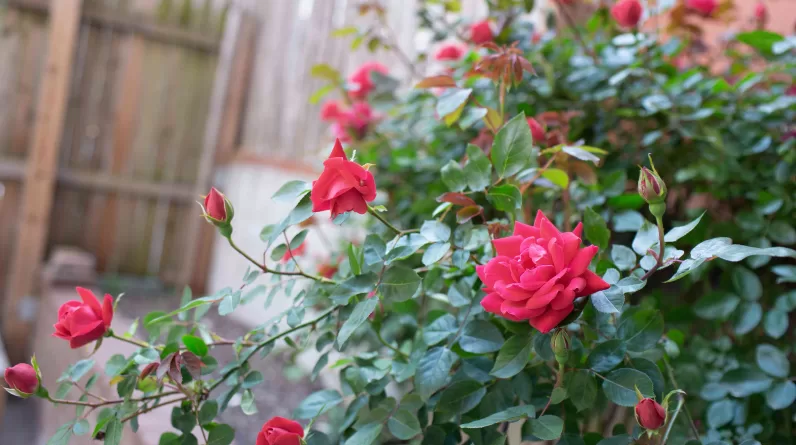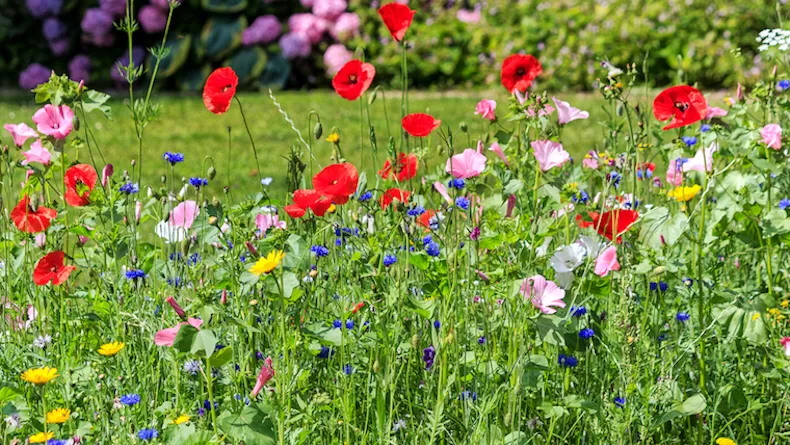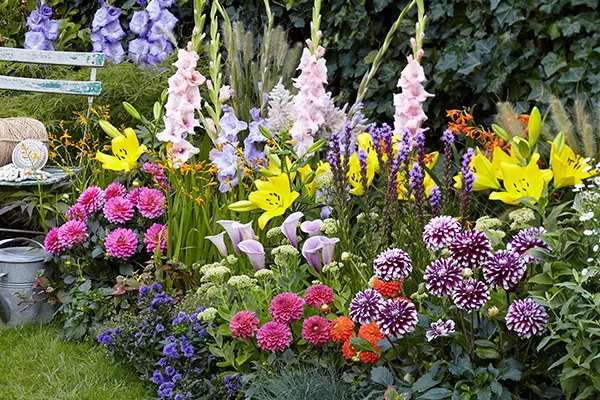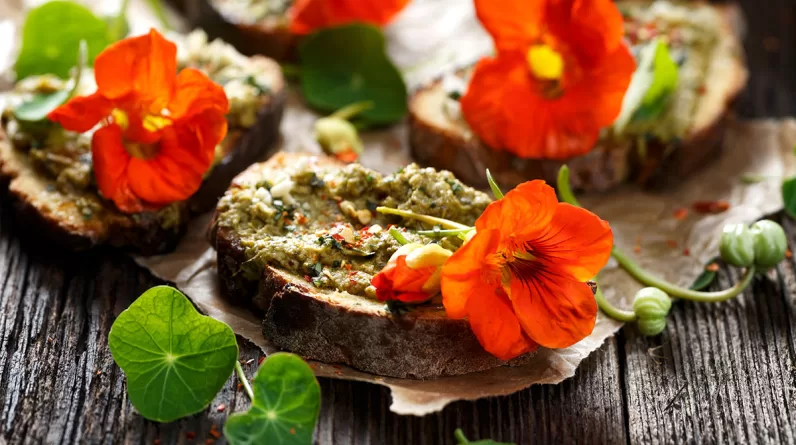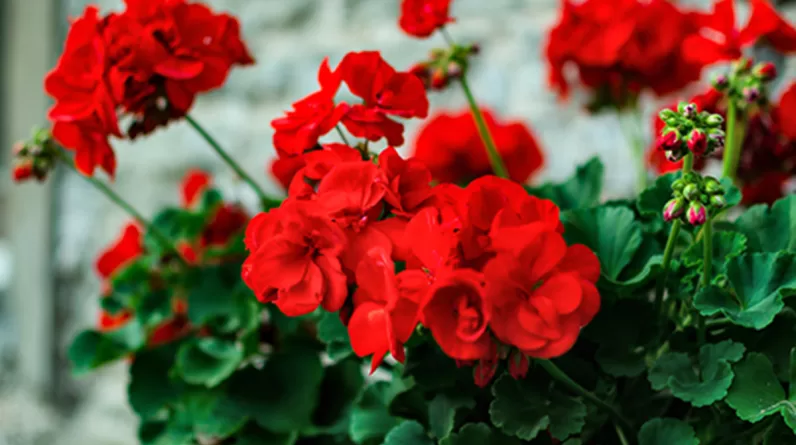Who doesn’t love strawberries? Few people, except probably those allergic to strawberries, develop hives in reaction to the histamine they contain. As for pregnant women, it seems that they love it but this is more a myth than a scientific reality! Whatever the case, strawberries are a harbinger of sunny days. Therefore, it is difficult to imagine creating your vegetable garden without providing a bed of strawberries ( Fragaria x Ananassa). But how do you choose the best varieties among more than 600 existing ones?
When to plant strawberries?
Choose a sunny area since only sun-drenched fruits will be very sweet and pleasantly fragrant. The soil must be rich, humus, well-drained, and rather acidic. Spread compost at around 5kg/m². Between flowering and fruit formation, it is imperative to have mulched the soil, which will maintain freshness while limiting the development of weeds and providing insulation for the strawberries which will therefore not be in direct contact with the earth.
Know that strawberries will go well with radishes, kohlrabi, spinach, dwarf beans, onions, garlic, and leeks; moreover the latter, and all the alliaceae will limit the multiplication of molds to which strawberries are sensitive.
To obtain strawberries from the first year, plant the strawberries in the fall (August to early October), without burying the core, spacing the plants 30 to 40 cm apart and keeping 50 cm between each row. They will be able to root properly throughout the winter since strawberries do not fear frost anyway. However, everbearing varieties and “four seasons” varieties can be planted in spring (March-April) to take advantage of the soil which is starting to warm up.
You will discover all the technical details relating to planting strawberries, in our specific file.
The best varieties of strawberries
It seems delicate and very subjective to select the best varieties of strawberries because their taste depends a lot on the nature of the soil, the ambient heat, and the climate of the region in which the strawberries are grown.
In addition, it is necessary to distinguish non-everbearing strawberries, also called “short-day” which bear fruit early for about a month, from everbearing strawberries, called “summer” which produce for a month also, will stop for the duration of a one-month break, then resume fruiting until autumn, but in less abundant quantities.
The Gariguette strawberry
‘ Gariguette’ is the earliest strawberry, but not the most productive. It is not normally everbearing and is not particularly adapted to cold regions. With its firm fruits which appear from March to June, we love it for its very good taste qualities. It can be recognized by its conical shape, its red-orange color, and its soft, juicy, tasty, and tangy flesh.
Ciflorette strawberry
The ‘ Ciflorette’ is the strawberry that tends to supplant the ‘Gariguette’, resembling it very much, modeling its production calendar on it too (March to June). Of average productivity, it produces a firm, elongated, orange-red fruit, with juicy, tender flesh, very aromatic, very fragrant, very sweet, and without acidity. Its good resistance to diseases (powdery mildew, phytophthora, anthracnose) gives it an undeniable additional advantage for gardeners.
The Favette strawberry
The ‘ Favette’ has kidney-shaped fruits which are harvested in May-June, or even in April in the South of France. This vigorous strawberry plant only grows in fertile soils. This variety comes from an old variety, ‘Surprise des Halles’, giving larger fruits. They are firm, fleshy, round, and very fragrant, with an average yield.
The Gorilla strawberry
The ‘Gorilla’ matures at the end of June and the beginning of July. It is not ever-bearing and is part of the mid-season strawberries, that is to say, neither early (early) nor late. But it is very vigorous and productive, with large, rather conical strawberries, with a delicious, sweet taste, which can vary from one year to the next, depending on the heat it has benefited from or not. It does not really like limestone soils and too hot a climate.
The Belrubi strawberry
‘ Belrubi’ comes from a vigorous, disease-resistant, mid-season strawberry plant that produces large fruits in June and July, with a conical and elongated shape. Strawberries are very sweet and firm, perfect for making jams or freezing. It doesn’t come back. It will particularly thrive in cooler regions.
The Senga Sengana strawberry
‘ Senga Sengana’ is one of the rather late strawberries since it reaches maturity in the heart of summer, around June-July, with a generous production. It does not rebloom but is resistant to disease. The firm, medium-sized fruits are distinguished by their characteristic musky taste. They hold well and can be frozen.
The Mara des Bois strawberry
‘ Mara des Bois’ is an everbearing variety that produces from the end of June to September, small dark red, conical, and elongated fruits, with tender flesh and a very particular wild strawberry taste. It is ideal for the garden, although it is quite susceptible to diseases. Be careful, it does not develop runners, which will be appreciable in small gardens but unfortunate for renewing the strawberry bed.
The Ostara strawberry
The ‘Ostara’ strawberry plant is ever-growing and very productive. It provides medium-sized fruits from June until frost. The strawberries, of good quality, are conical to round, soft, and juicy with a tangy taste. Its particularity lies in its better resistance to calcareous soils, compared to the majority of strawberries. It is the strawberry of productivism, less fashionable today, with consumers preferring quality to quantity.
The Rabunda strawberry
The ‘Rabunda’ is everbearing, it also produces fruit from June until the first frost. Its fruits are quite large, the flesh is tender, very fragrant, and very sweet. This strawberry plant does not fear heat, it is very productive and resists disease well. It can be compared to its companion ‘Ostara’ in terms of yield, but it surpasses it a little in taste.
The Queen of the Valley strawberry
The ‘Reine des Vallées’ belongs to the category of small-fruited varieties, close to wild strawberries, with very abundant and very fragrant small elongated fruits. It grows again from June until frost. Its particularity lies in its absence of stolons: forget the project of multiplying it. She would prefer to be a little in the shade.
The strawberry of the four seasons
The ‘Four Seasons Strawberry’ commonly called wild strawberry, is also a variety with small fruits that resemble wild strawberries, with production that takes place almost all year round in the garden, hence its name. Note that this is not the same hybrid species as the others since it is a wild strawberry plant ( Fresca vesca ) like those you can come across in the woods. The large fruits have the characteristic scent of wild strawberries and provide abundant harvests.


